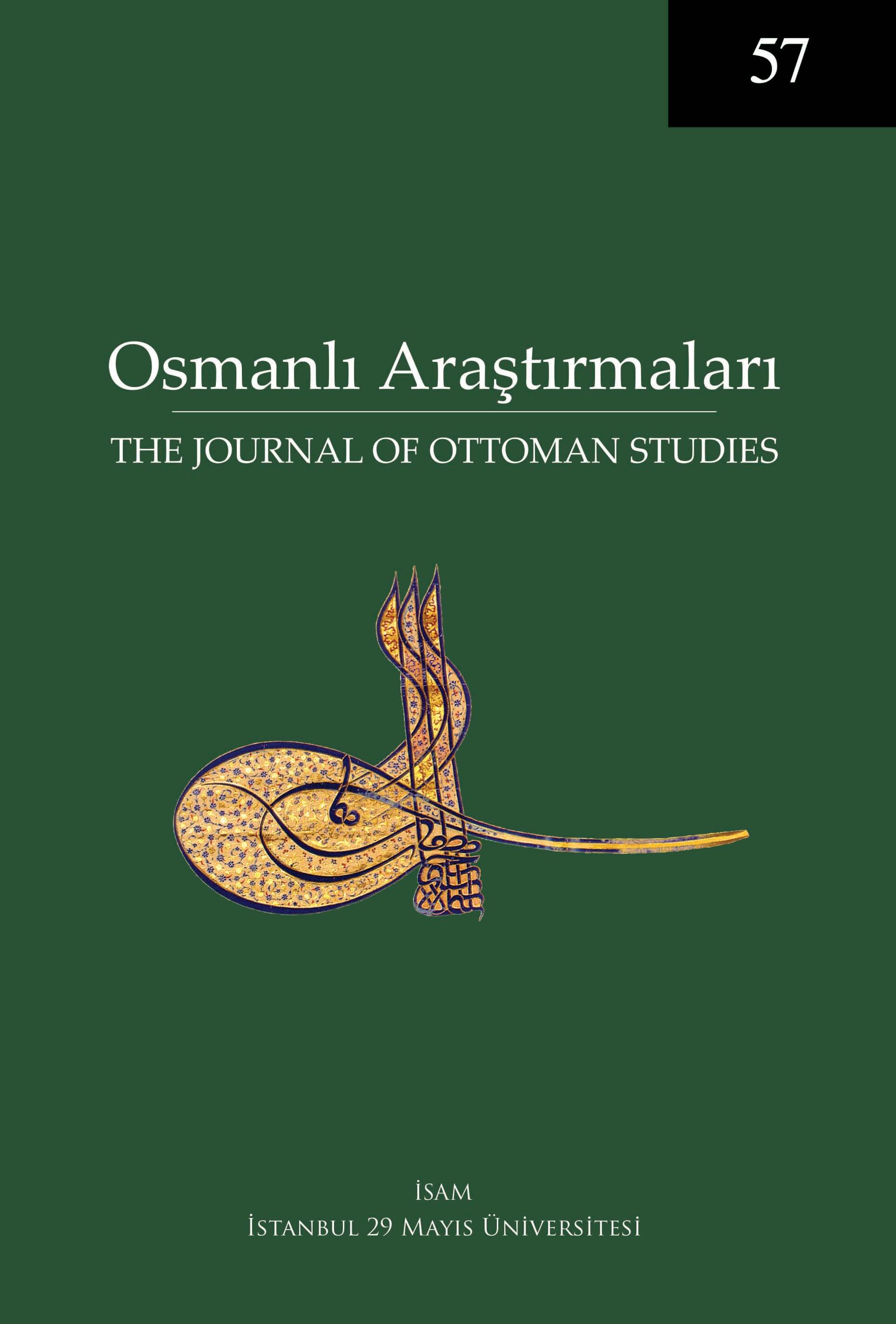An Ottoman Unit of Currency in the 16th Century: Kara(ca) Akçe
Keywords:
economic history, 16th century, tradeAbstract
The problem addressed in this research is to determine the currency, called kara(ca) akçe in the documents, which the Ottoman state used in the east of Anatolia during the 16th century. Except for a brief reference by Sahillioğlu, there is not much information about this akçe. For this reason, whether kara(ca) akçe was also an accounting coin and a currency in circulation along with the Osmanî akçe will be discussed. The value of the kara(ca) akçe in the face of the Ottoman akçe is found in various documents such as the Ottoman Laws, Şeriyye Sicilleri and Mühimme Registry, together with current exchange prices against other currencies such as gold, kuruş etc. When this information is evaluated chronologically within the framework of the developments in Ottoman monetary history, there is a relationship proportional to the weight of the Ottoman akçe. In recent research on the Ottoman numismatics at the end of the 16th century, it was found that the official weight in some Eastern mints was ¼ lower than that of Ottoman akçe. These akçes differ in stylistic terms from other mints defined as the Anatolian and Rumelia groups and are named the Eastern group. Especially in the Ottoman documents related to tax and trade, the existence of this currency, which is ¼ lower than the exchange rate against the Osmanî akçe, is noteworthy. In this study, an attempt will be made to prove that this coin was not only a currency that determined the exchange rate, but it was also in circulation.




